Smart trainer maintenance tips: Protect your investment and keep training
We spoke to pro mechanics and Zwift to see what you can do to look after your trainer this winter
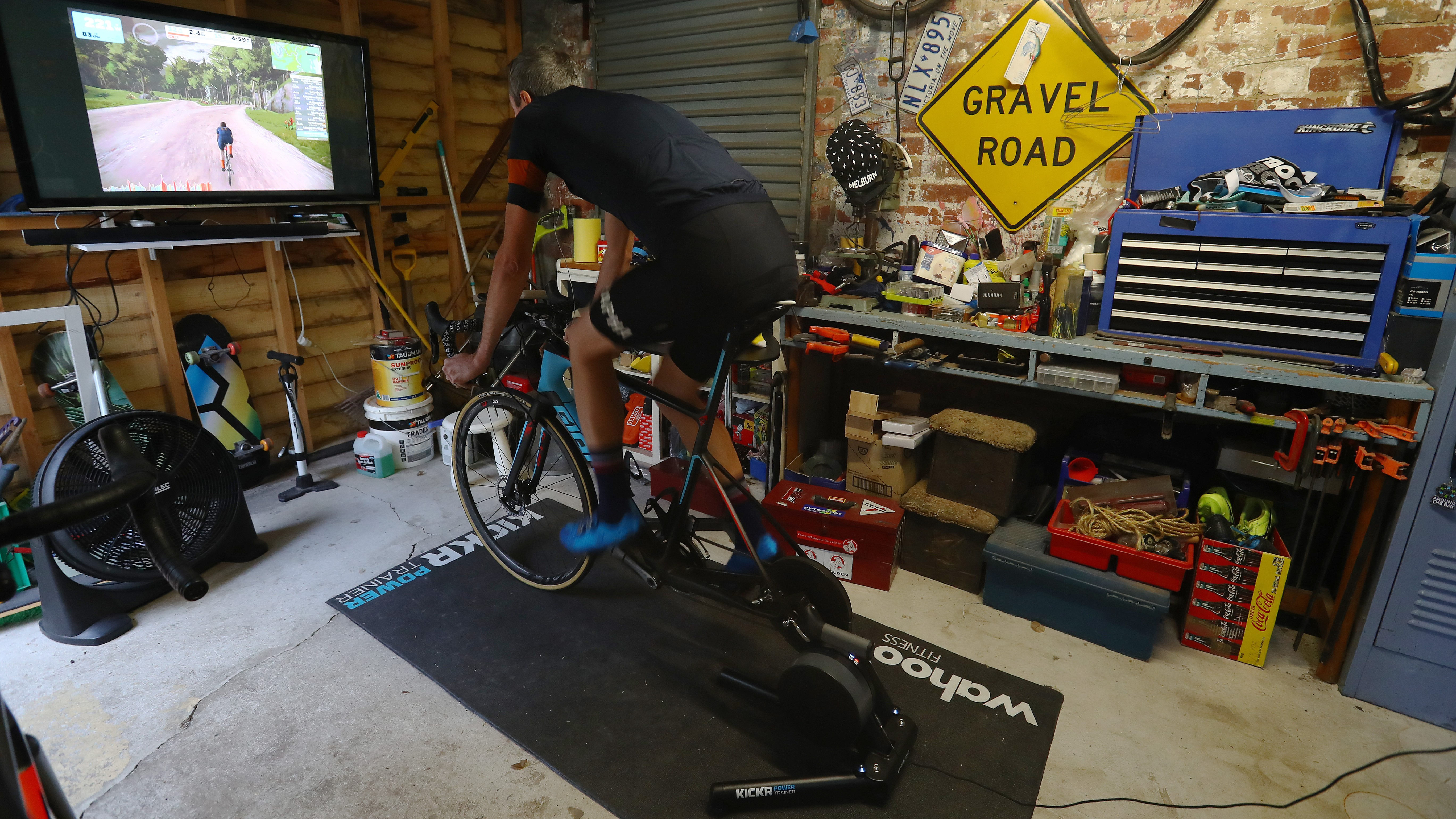
Smart trainers represent a sizeable cycling investment. Forget about all of the associated kit you need, the cheapest smart trainers alone will set you back a few hundred dollars or pounds. The best budget option in our best smart trainers guide will set you back £449 / $499 at retail.
Plenty of cyclists set their trainer up at home, be it in the garage or house and never think of it again, just plug in and ride or train as often as they like, but all mechanical objects need a little maintenance from time to time.
Here, we're going to look at trainer care and the simple things you can do to help extend your trainer's life and prevent it from failing. We've spoken to brands and pro mechanics to give you a few extra insights and useful tips you can implement without much extra effort to save yourself some cash in the long run.
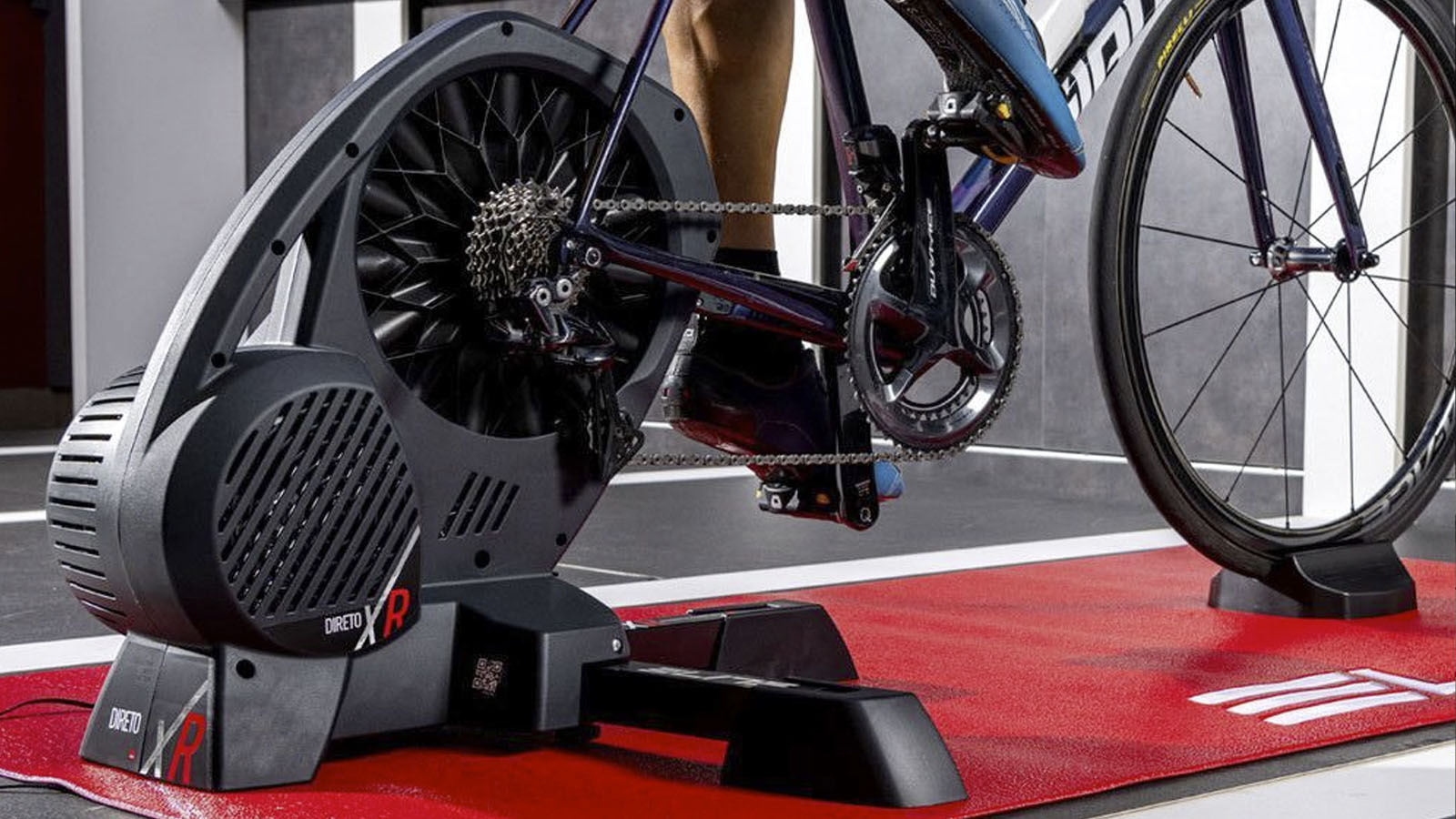
Smart trainer care
Let's tackle the basics first, a lot of this is common sense, but it's easy to overlook sometimes, especially if you're staggering off the trainer in a sweaty heap. My own smart trainer maintenance is minimal and it's something I aim to improve heading into this winter.
1. Environment - Trainers, just like laptops can suck in dust, grit and fluff over time which could cause them to overheat or just get bogged down or even affect your power numbers. If you're training outdoors or in the garage, try to ensure your training area is clean and tidy. Let's not go crazy here, we don't need lab-style conditions. Real-world example, my garage roof was replaced this year and it left dust and debris in my garage that I'm still cleaning up. A bi-weekly or monthly hoover of a dusty garage could just help the trainer in the long term.
2. Keep it clean - This follows on from the last point on dust, wipe your trainer down with a cloth or wet wipes as much as you want to. I did this to my trainer recently and it was covered in dust. Dust and contamination if present stand a chance of working its way into the trainer over time. Keep things as clean as you can, it should only stand you in good stead. If you're sweating all over the place too, make sure you wipe the trainer down and keep it clean - more on this later.
3. Turn it off - Make sure you don't leave your trainer on and plugged in, turn it off when you have finished to prevent it from potentially overheating or damaging the battery. On the topic of plugs, watch out for the trainer cable and don't stomp on it with your cycling cleat and hard shoe soles. Better yet, run the cable beneath a trainer mat or against a wall to keep it out of the way.
Get The Leadout Newsletter
The latest race content, interviews, features, reviews and expert buying guides, direct to your inbox!
4. Conditions and cooling - Cyclists perform better when they are cool and so do trainers. If you're riding in the heat, or riding at high power or climbing a fan pointed at your trainer could help keep it cool. This point won't be relevant if you ride in the house, but if your garage or shed can get damp or wet, try to avoid storing your trainer in those conditions to prevent damage.
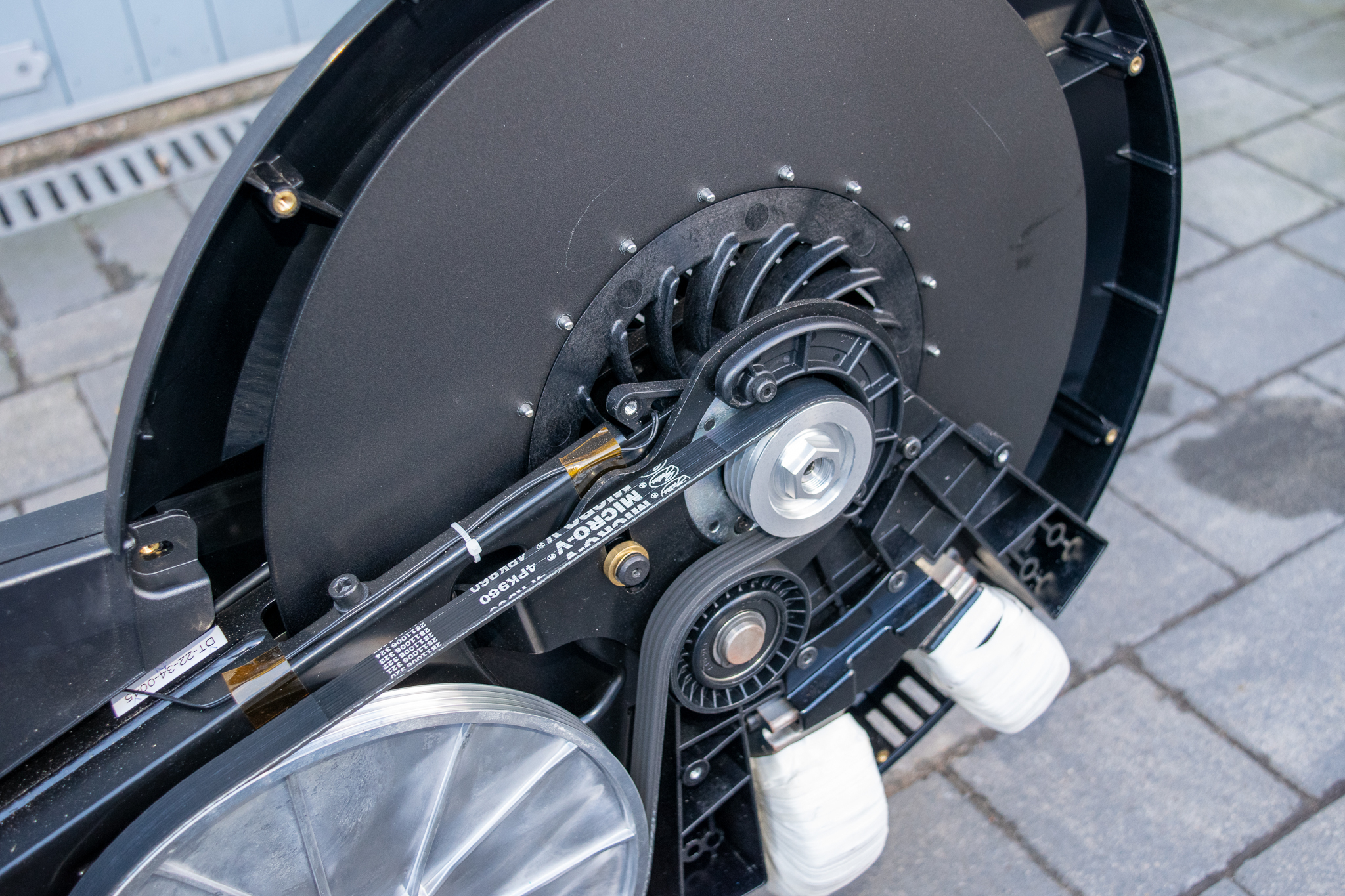
Tips from the experts
I spoke to Rich Steels, owner of Detail Bike Tech and a mechanic for Dan Bigham and Team GB in the past. Steels expanded on some of the things he sees which can damage trainers.
"Trainer wear tends to be lube/dust ingress and sometimes corrosion, having a dehumidifier in your training den is a worthwhile investment. Positioning a fan to blow diagonally to avoid blowing sweat onto the trainer will help reduce corrosion too. Cleaning the unit once in a while is also a good idea."
"Generally, the trainers run metal shielded bearings so sweat and water ingress is possible and can corrode bearings but I have not seen this on the main bearings, it’s often the smaller ones in the unit. The belts tend to be ok but if I’m fitting a bearing kit I will fit a belt as part of a service."
There are some solid points here from Steels, excess chain lubricant won't help your trainer, especially if a fan or drivetrain movement is blowing it on and into the trainer. Check out our best bike chain lube guide if you need any help with chain lube or the best bike chain wax if you want things really clean.
Bearings and drive belts can also wear out on trainers and are more invasive jobs that aren't advertised especially clearly by manufacturers. There are several smart trainer repair businesses out there now that will fix your trainer. Though you can of course send your trainer back to the manufacturer. A repair also means you won't be able to train which may be a serious issue for some riders.
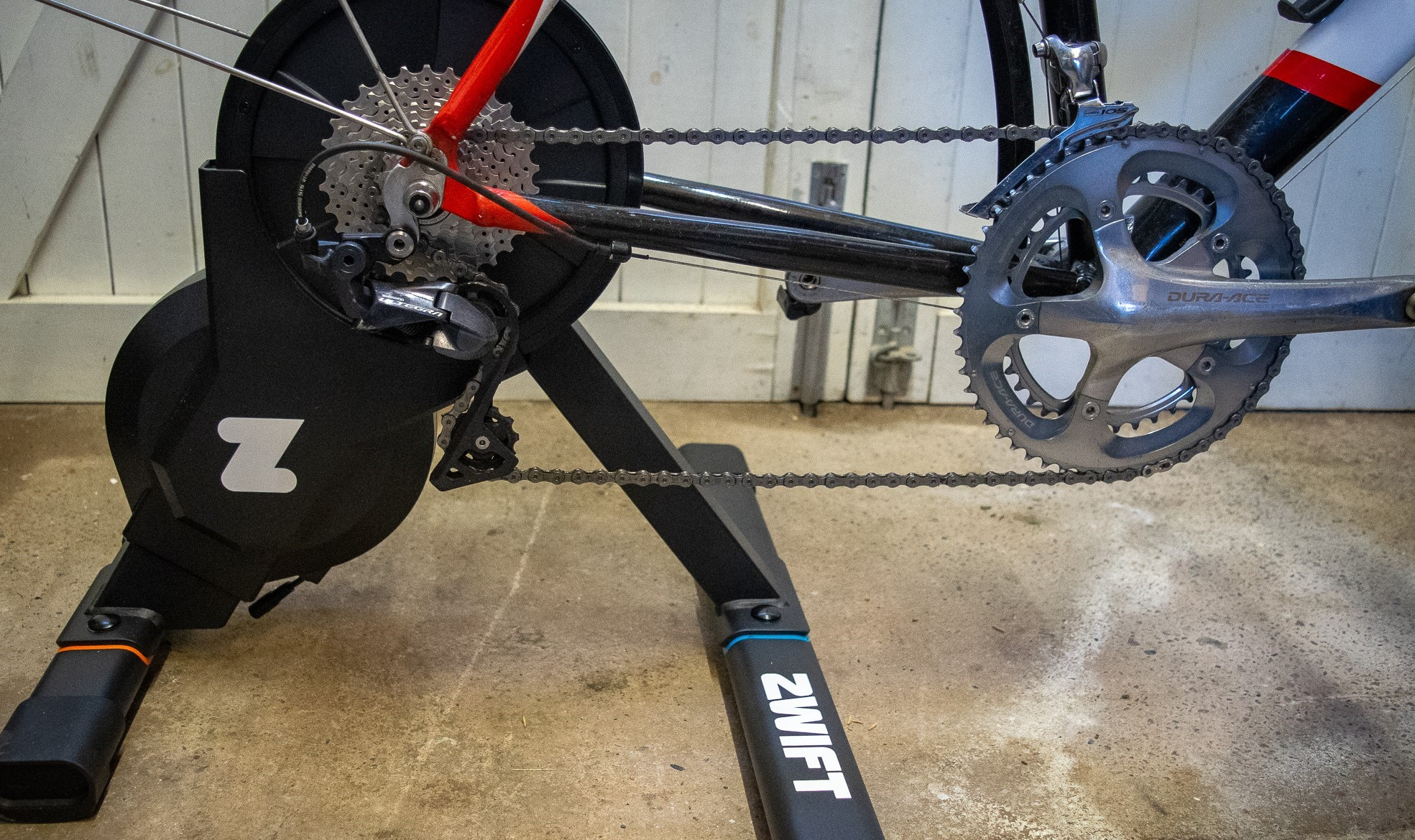
One person who fixes smart trainers for a living is Richard Webb from The Turbo Trainer Doctor. Webb handles a range of trainer repairs and identifies and orders electrical parts from all over the world to repair smart trainers when parts aren't officially available.
Webb shared some top tips regarding maintenance that may often go overlooked.
"Corrosion is a killer, wipe your trainer down regularly. If you have a Tacx Neo, articulate the trainer legs regularly and lubricate the hinges. Keep your Wahoo Kickr clean and dry.
"Next up, freehubs. They're easy to remove on all trainers, and often the customer has had to fit it on purchase. They all need to be regularly cleaned and the pawls lubricated. A good quality bike oil or light grease is perfect.
"Belts, keep them clean and free of dust and grease. A wipe with a damp cloth is all that's needed. Never use belt-grip sprays. If the belt is slipping, there's a good reason why, and it needs fixing. Belt spray will make it worse!"
Webb, like Steels, mentioned being careful with chain lubes and avoiding the urge to use a smart trainer as a stand whilst you lube your chain.
Finally, he mentioned cooling and the importance of looking after your trainer in this department.
"Your trainer will be dumping huge amounts of power, usually in the form of heat. Your trainer is fitted with cooling fans, or the act of pedalling keeps air moving. Just like you, your trainer needs to cool down. Take a few minutes to pedal gently to let the electronics get to room temperature again. If you're running a Tacx Neo, leave it plugged in and the internal fans will take care of that for you.
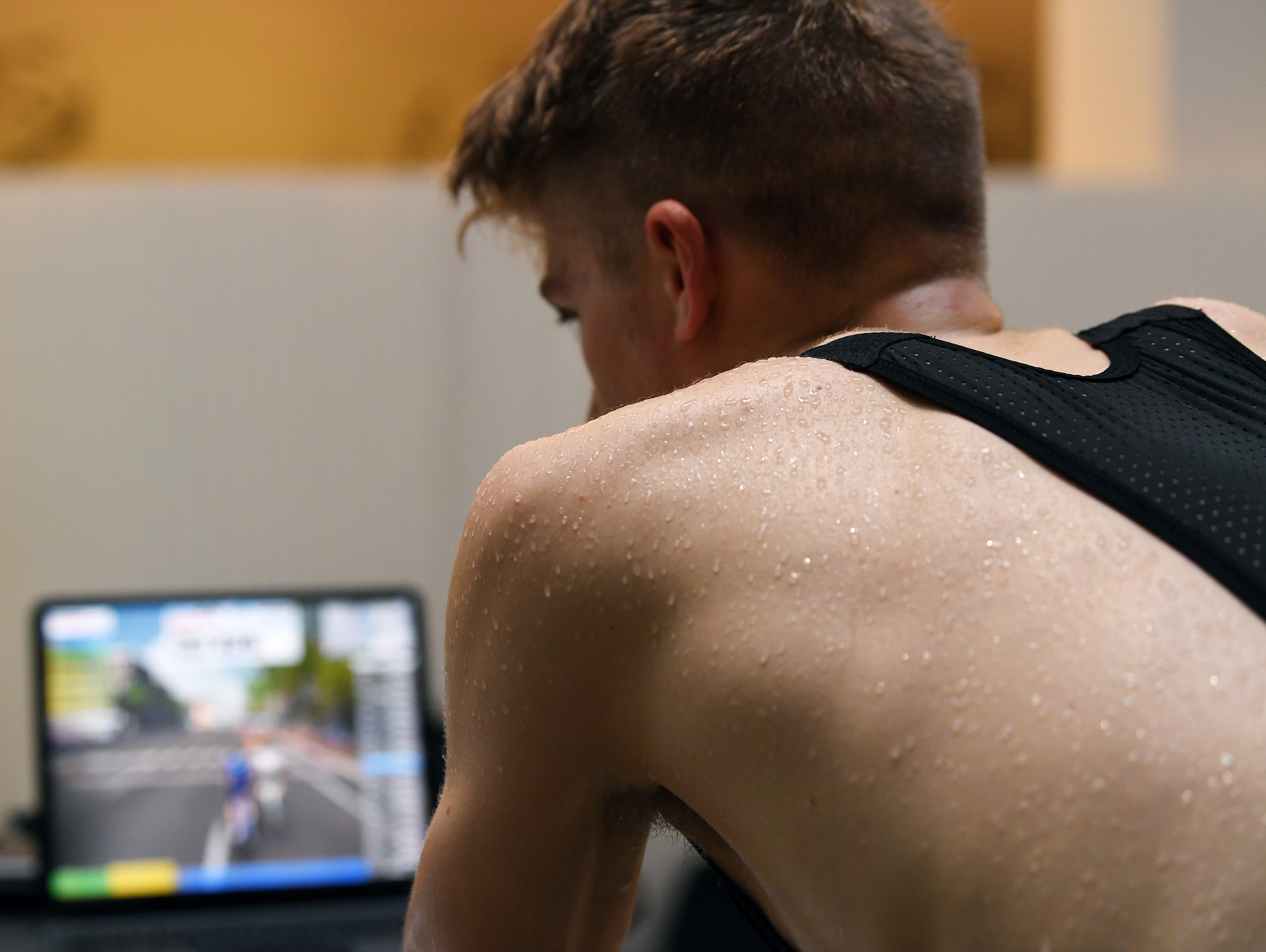
Keep that drivetrain clean
These days, most smart trainers use a cassette which stays in place on the trainer. This means drivetrain duties are shared between your bike and the trainer.
We've touched on it, but keeping your drivetrain as clean as possible, just like you would when riding regularly will help keep your training space, bike and trainer clean and working as well as they can.
Take some time to clean the cassette on your trainer from time to time, if it's a mess contaminants may work their way inside the trainer over time. Ditto for your bike's drivetrain. Little and often works well here, if you leave it for several months, it won't be a very fun job. Steels echoed this point:
"I have had a few clients bring their trainers to me complaining of jumping, banging and not working right which has been just a worn cassette, fitting new chains and cassettes to the bike is good but you also need to do the same to the trainer too."
I also spoke to Chris Snook, Director of PR at Zwift who reminded me of the damage that our corrosive sweat can do if left unchecked.
"When it comes to indoor training, it's important to keep in mind that sweat is highly corrosive. It's always worth making sure you properly wipe down your equipment and pay attention to any metal parts that might be exposed to sweat. As good practice, I would always recommend changing your bar tape from time to time."
"This not only keeps your bike or Zwift Ride looking fresh but also gives you a chance to clean under the tape and check for any corrosion on your handlebars - this is especially important if you also ride your bike outdoors."
I tend to forget just what sweat is, especially when I'm in the depths of a workout, I'll wipe my bike, but I underestimate how corrosive sweat can be. Cleaning trainers and bikes could potentially prevent damage and even major issues.
As a former mechanic, I've seen more than one bike with corroded aluminium handlebars where sweat has gone to work under the handlebar tape. If you are a big sweater, fresh bar tape or even removing the tape for a winter of indoor training is a good move. I'll even throw a towel over the bars to keep the majority of the sweat from landing on the bike.
If you think your trainer may have an issue, it's advisable to contact the manufacturer for advice before proceeding. Don't try to open up your trainer to service or work on it if you aren't sure about what to do.

Tom joined the Cyclingnews team in late 2022 as a tech writer. Despite having a degree in English Literature he has spent his entire working life in the cycling industry in one form or another. He has over 10 years of experience as a qualified mechanic, with the last five years before joining Cyclingnews being spent running an independent workshop. This means he is just as happy tinkering away in the garage as he is out on the road bike, and he isn’t afraid to pull a bike apart or get hands-on with it when testing to really see what it’s made of.
He has ridden and raced bikes from an early age up to a national level on the road and track, and has ridden and competed in most disciplines. He has a keen eye for pro-team tech and enjoys spotting new or interesting components in the wild. During his time at Cyclingnews, Tom has already interviewed some of the sport's biggest names including Mathieu van der Poel, Tadej Pogačar and Alberto Contador. He's also covered various launches from brands such as Pinarello, Ridley, Specialized and more, tackled the Roubaix Challenge sportive aboard his own rim-brake Cannondale SuperSix Evo, tested over 20 aero helmets in the wind tunnel, and has created helpful in-depth buying advice relating to countless categories from torque wrenches to winter clothing.